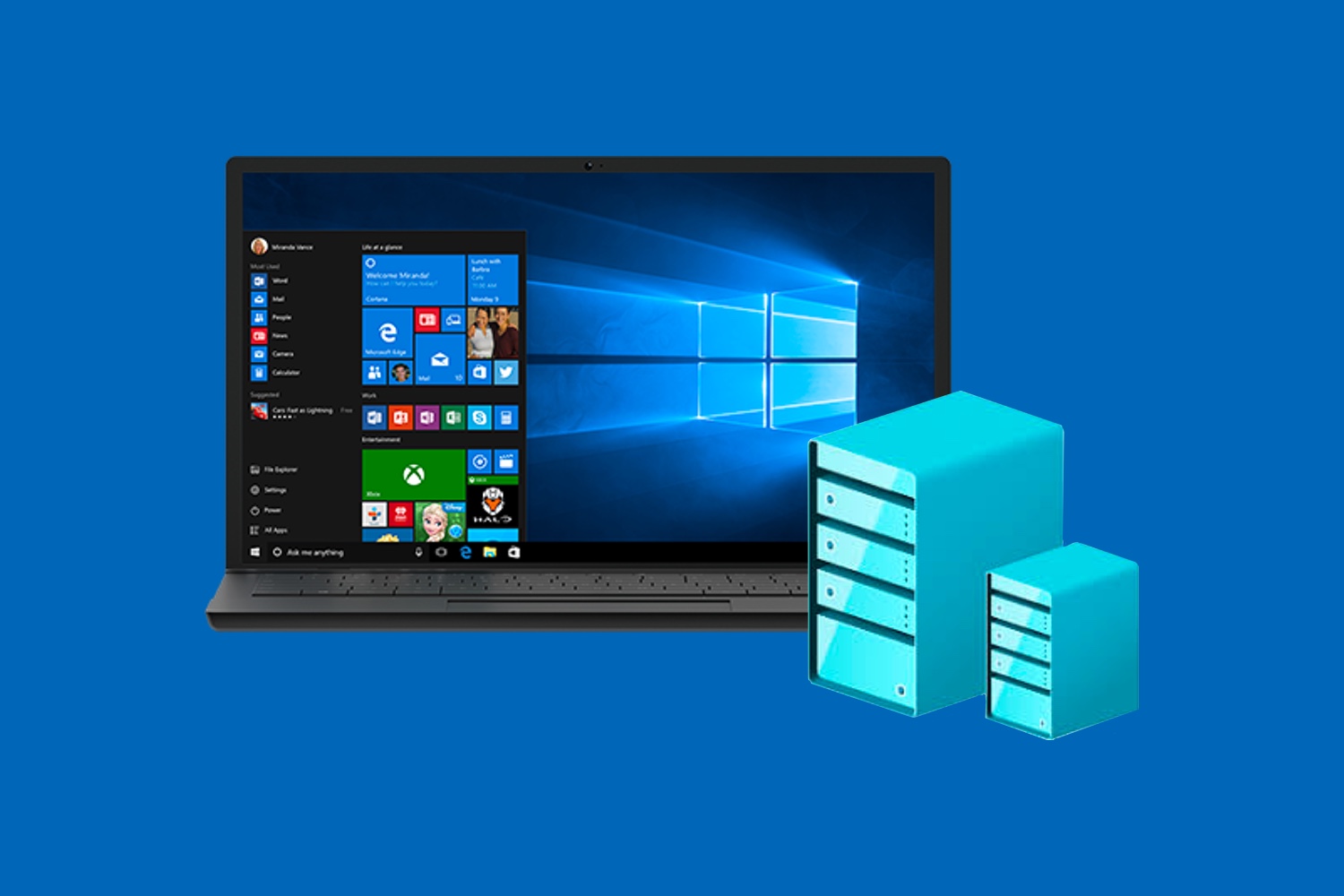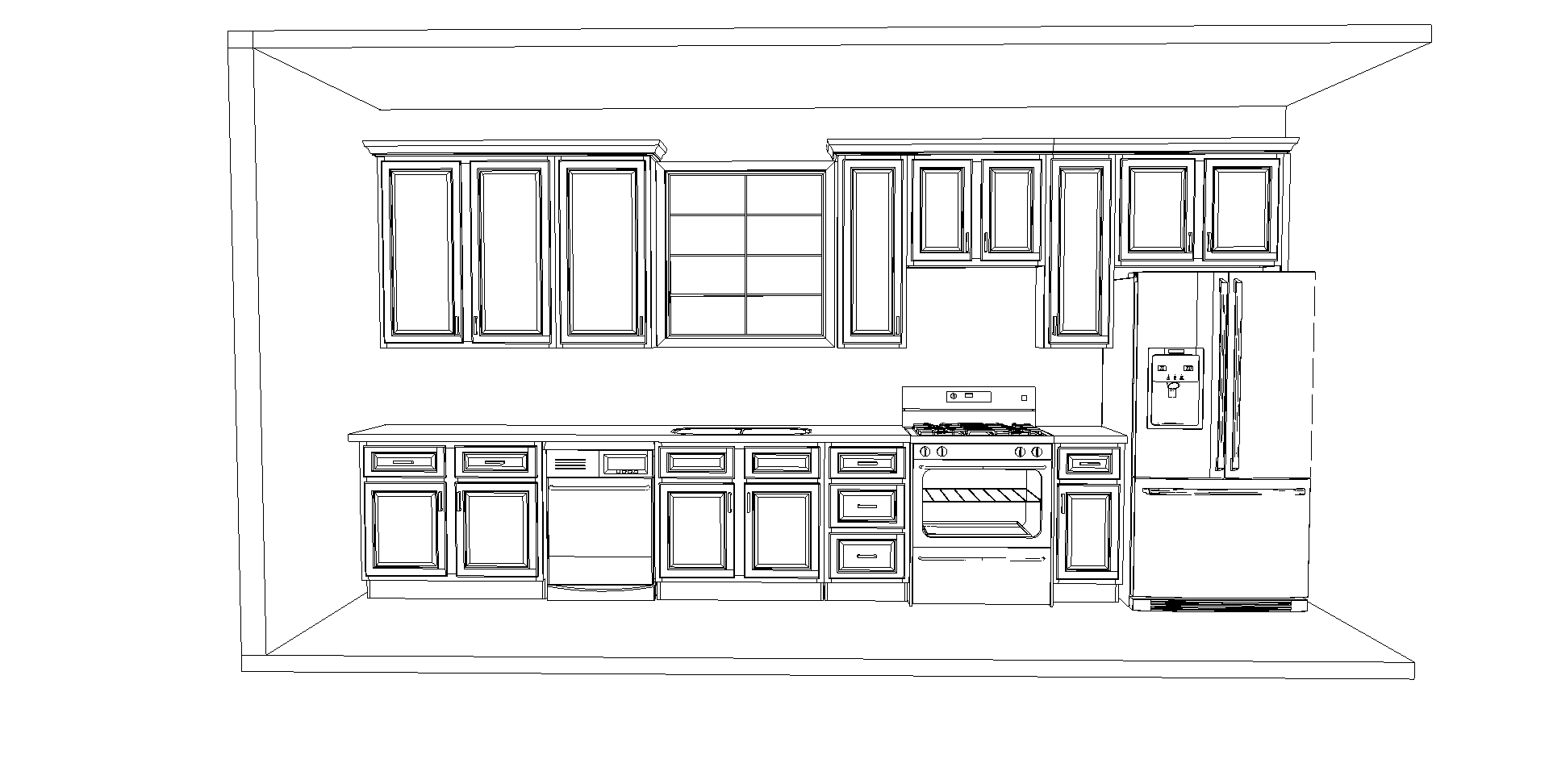Table of Content
This can be the case when you want to run another type 2 hypervisor on the same Windows machine, for example, VirtualBox or a VMware Workstation. Hyper-V can cause issues and you will have to disable and uninstall it. Hyper-V is well suited for virtualization of Windows Server workloads as well as virtual desktop infrastructure.

Hyper-V comes pre-installed on Windows 11 computers. While the virtualization tool is not available out of the box on the Home edition of the OS, you can install it with a batch script. You can use DISM to remove installed features and packages.
How Do I Disable Virtualization?
But I am not able to uninstall it using the command that you pasted above. It only disables hyper v but I would like to uninstall it from my system. Once rebooted, Hyper-V will have installed and automatically enabled on your Windows Home. Once downloaded, right-click on the file and selectRun as Administratorfrom the context menu. This will trigger the installation script.Run as adminIf prompted with a UAC, clickYes.

Every process that runs on your computer strains the system’s memory. Resource-hungry programs, such as BlueStacks, may consume too much memory at once, interfering with other programs. If your computer doesn’t have enough RAM, memory problems can be even more severe.
How to Disable Hyper-V Using PowerShell
However, if your computer has two processor cores, you’ll have to manually disable one of them. To disable hyperthreading, open your BIOS and look for a section called “processor.” The BIOS connects various components of the PC and manages data flow. In the BIOS, find the “Processor” tab and then click the Processor label. You should now see a dialog box called “Processor properties.” Select “Disable Hyperthreading” and click the OK button to close the dialog box. Hyper-V Platform is required to run Hyper-V virtual machines from local computer. Since Windows 8, we can create a virtual machine with Hyper-V.
The Hyper-V functionality is thus fully removed. There are some risks to enabling Hyper-V on Windows 10 Home. First, it may cause compatibility problems with third-party apps.
How to disable AutoRun / AutoPlay for USB drive in Windows 11
In the Windows Features window that opens, deselect the Hyper-V checkbox. Make sure that checkboxes in Hyper-V subfolders are deselected. Hit OK to save settings and start the Hyper-V uninstallation process. By default, Windows disables the Memory integrity feature to avoid conflict with apps and device drivers due to incompatibility issues. This can also cause issues with third-party virtualization tools and programs that need to access your system's virtualization hardware. If your computer supports virtualization, make sure your BIOS has the setting enabled.

You can’t install it on Windows 10 Home edition by default. So I got Hyper V installed on my computer last night and I followed the tutorial and set up Windows 8.1 Pro and installed Windows 7 Home Premium installed. Here's where my problem begins Windows 8 has no problem seeing... Select a server from the server pool and select your server in the list.
How to disable Hyper V Windows 10 using Graphic UI
Hyper-V is software that virtualizes other software. It may virtualize entire hardware components like network switches and hard drives in addition to operating systems. But what if your computer no longer requires Hyper-V? Therefore, we must disable Hyper V on Windows in order to utilize these programs. Let’s find out how to disable Hyper-V in Windows 10.

Hyper-V relies on hardware virtualization extensions, which can only be used by one component at a time. In addition, if you use another software, Hyper-V may interfere with it, leading to crashes. Whether or not virtualization slows down your computer is a matter of personal preference. While it can increase your computer’s responsiveness, it can also slow down your host machine. This is because virtual machines consume some of the host’s resources. In fact, virtual machines are a significant source of CPU-related slowdown, and slowing them down can make them unusable.
In this section, I explain how to uninstall Hyper-V in Windows Server 2016. If you use Windows Server 2019, the workflow to uninstall Hyper-V on Windows Server 2019 is identical. Click Start, type Control Panel, and open Control Panel. There are two alternative methods to open Control Panel. Press the Win+X combination on your keyboard, and, in the menu that opens, click Control Panel.
The idea of using this method is to disable Hyper-V in boot configuration. Hyper-V is the first type hypervisor that can be installed on Windows to run virtual machines. Recently we have explained how to install Hyper-V on Windows 10 and Windows Server 2019.
While virtualization is enabled by default on modern systems, you can verify if your system is virtualized before enabling it. Virtual machines are the most popular virtualization features, but they’re not the only ones that can benefit from hypervisors. In Windows 10 Home, virtual machines can also be used for testing or development purposes.

No comments:
Post a Comment